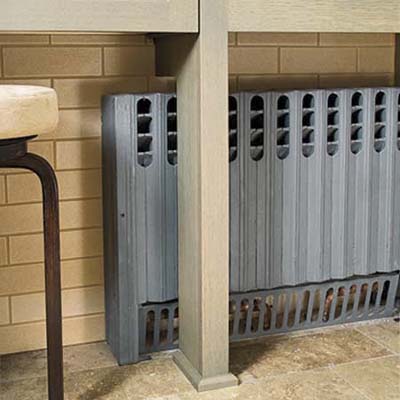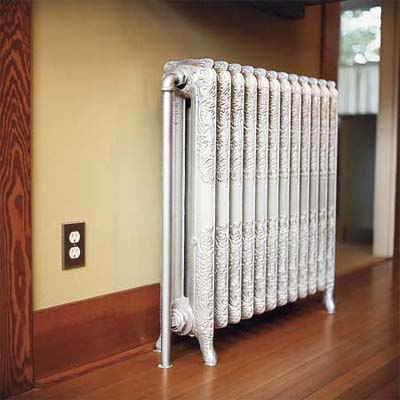Soon forgotten?
Old school radiation has already been forgotten. It is a nearly-dead business, selling primarily into older building restorations. I don't expect that to change. Most new hydronic systems in the US are fin-tube baseboard, which has even less thermal mass than panel radiators or bi-metal radiating convectors, and effectively zero radiated heat transfer. It's pretty inexpensive compared to aluminum radiators or steel flat panels, but it's not nearly as comfortable.
But hydronic heating are also losing market share to ducted hot air, in a US marketplace that increasingly demands air conditioning in new houses. I don't expect that trend to change either. High-end new housing often includes hydronic radiant floor/ceiling heating, but that's a niche market. A typical US HVAC solution would be a gas/propane fired hot air furnace with a cooling coil in the air handler and a 2-4 ton condenser outside. Even baseboard heating is losing share to that trend.
Micro-zoning is something of trend too, and responsive lower-mass low-temp radiation like convecting panel radiators or aluminum clad convecting radiators can work just fine at condensing boiler temperatures, as long as there is sufficient thermal mass in the system.
What I hope would change is the fraction of hydronic designers for new construction who do basic 5th grade math. A condensing boiler that can't operate at condensing temperatures in the system without short-cycling itself into low-efficiency (and an early grave) isn't worth much, yet it happens all the time.










